Supporting Autistic Learners: The Role of Memory in Social Learning and Social Communication
May 2, 2023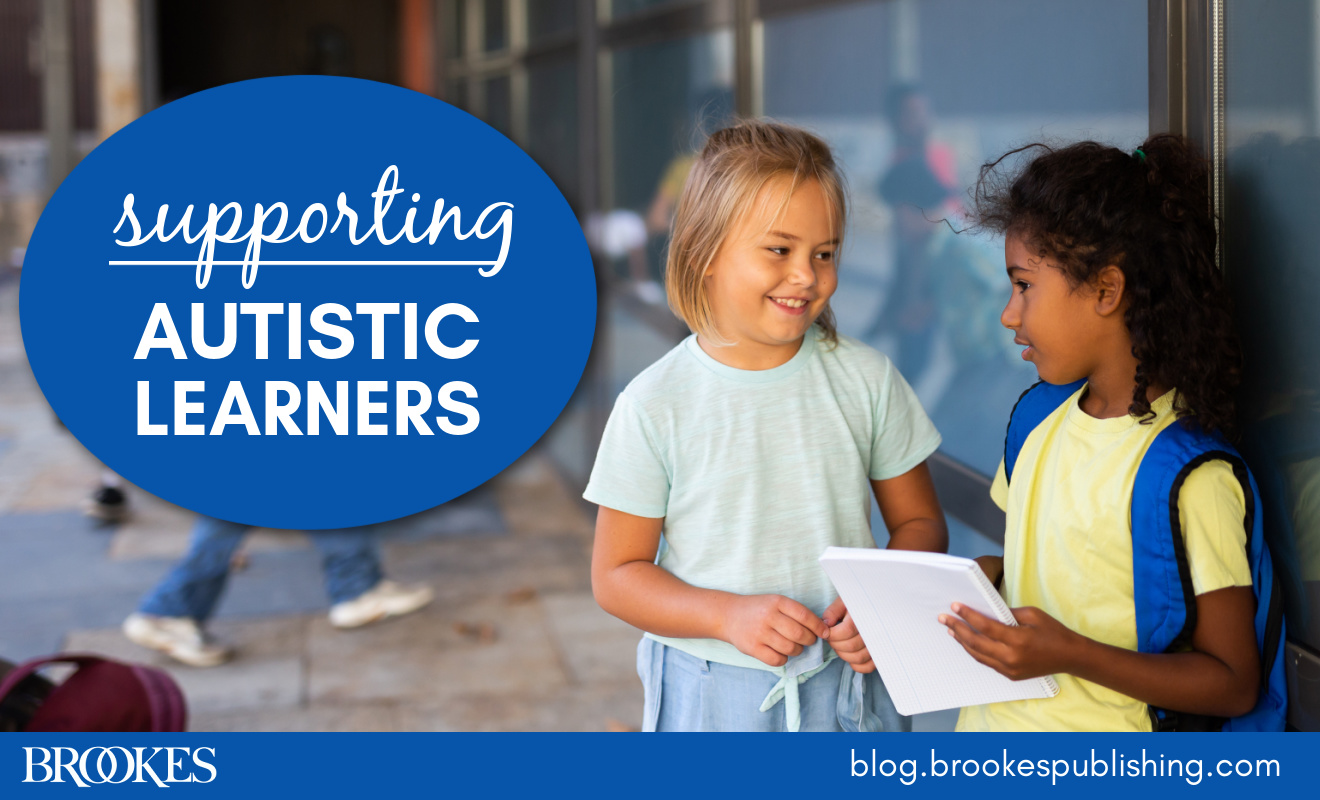
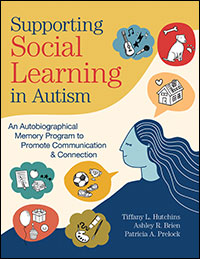 How can you help support learners on the autism spectrum as they develop critical social skills and authentic, positive connections with others? That’s what today’s post is about. Adapted from the groundbreaking book Supporting Social Learning in Autism, this article gives you a refresher on the definitions of social learning and social communication, explains the role of autobiographical memory (ABM), and introduces a fresh approach to intervention.
How can you help support learners on the autism spectrum as they develop critical social skills and authentic, positive connections with others? That’s what today’s post is about. Adapted from the groundbreaking book Supporting Social Learning in Autism, this article gives you a refresher on the definitions of social learning and social communication, explains the role of autobiographical memory (ABM), and introduces a fresh approach to intervention.
What is social learning?
Broadly, the term “social learning” refers to all forms of social reasoning about oneself and others: It is how people take from and make sense of the social world. Social learning includes (but is not limited to):
- The understanding that someone can have a belief that contradicts reality
- The understanding that others can have different mental states that may differ from one’s own
- An appreciation that the mind itself influences the way the world is experienced
- The ability to make inferences about one’s own and others’ mental states based on a variety of cues (facial expressions, tone of voice, body language)
- Reasoning about the nature, causes, and consequences of inner mental states and their relation to outward behaviors
- The understanding of embedded mental representations (e.g., what Asad thinks about what Sue thinks about what Andy thinks)
- Empathizing, meaning to not only identify other people’s feelings but to also affectively mirror and experience those feelings in the self
- Acquiring a common sense or shared culturally specific notion about what people generally know or assume
- The understanding of social and linguistic conventions for communication
- Knowledge of how language varies as a function of sociological variables, including sex, gender, age, race, and social class
What is social communication?
While social learning encompasses all forms of social reasoning, social communication is the actual use of language and other forms of communication in social contexts. Social communication is a skill: the ability to apply knowledge, including social learning, to perform a communicative act. It encompasses social interaction (initiating interactions, maintaining conversations) and can be verbal or nonverbal. Social communication skills are required for most, if not all, communicative interactions.
What do social learning and social communication look like in action?
Here’s an example that illustrates the complexity of social learning and social communication:
Sam and Ryan, high school buddies, sometimes brag and bicker about who is better at hoops. They have a free-throw contest, and Sam edges out Ryan in a slim victory. When they are walking off the court, Sam makes his triumph explicit. He lifts his head proudly and in a self-congratulatory tone says, “Who’s the winner now?” Ryan retorts with verbal irony, “It must be you, the guy with all the humility.” They both (genuinely) chuckle and smile.
Through these examples of social communication, Sam and Ryan are demonstrating evidence of social learning. They appear to understand behavioral norms and values, such as the Western values of independence, competition, and success and notions about how these are achieved. The two young men understand the permissible content and structure of social routines for navigating competition while maintaining—even strengthening—an amiable relationship.
This example also demonstrates the role of multiple embedding of mental states: Sam and Ryan are both aware that Sam outperformed Ryan, and they both know that the other one knows it. They can each infer and attach different affective states to the self and other (e.g., mild pride, embarrassment) and can empathize with each other’s thoughts and feelings. Sam understands the communicative intent in his friend’s use of verbal irony: when Ryan says “the guy with all the humility,” Ryan means to communicate “you lack humility.” Sam interprets this as a form of friendly jousting as opposed to a genuine attack. Sam also expects that Ryan understands that Sam understands the spirit in which the utterance is offered—and that’s some very complex social learning!
How can autism affect social learning and social communication?
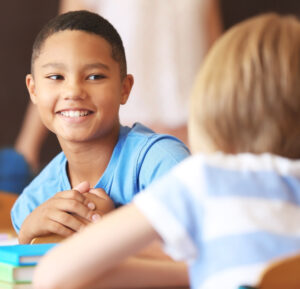 An autistic learner may experience challenges navigating a complicated social situation like the one Sam and Ryan participated in. Social learning challenges in autistic people have been well documented, are highly heterogeneous across individuals, and include a wide range of content areas. These can include, but are not limited to, difficulties establishing and maintaining episodes of joint attention, making inferences about complex mental states, and understanding and making sense of one’s own emotions.
An autistic learner may experience challenges navigating a complicated social situation like the one Sam and Ryan participated in. Social learning challenges in autistic people have been well documented, are highly heterogeneous across individuals, and include a wide range of content areas. These can include, but are not limited to, difficulties establishing and maintaining episodes of joint attention, making inferences about complex mental states, and understanding and making sense of one’s own emotions.
Social communication challenges are also well documented and highly heterogeneous. They may include the use of a restricted range of communicative functions, challenges with conversational turn-taking, less diverse and elaborate functional play, difficulty modulating the use of prosody and gesture to aid communication, and lack of social responsiveness.

Where does ABM come in?
Autobiographical memory (ABM) is a special type of long-term memory that’s crucial for social learning and social communication. ABM is memory for information about the self and includes memory for one’s own past personal experiences. Without the ability to reliably record, recall, and organize what you have personally experienced, it would be difficult to relate disparate aspects of your experience in an adaptive way, track your experiences over time to develop a continuous self-concept, or apply lessons from the past to problem-solve in the present and plan for your future.
Although ABM, social learning, and social communication are separate concepts, they overlap in content and are highly interactive—what happens in one area affects the other areas. Social learning, social communication, and ABM are all commonly affected in people on the autism spectrum.
How can supporting ABM help autistic children and adults?
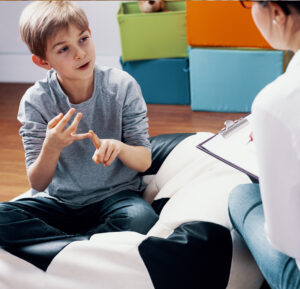
Most service providers working with autistic individuals are well aware of the traditional ways to address challenges with social learning and social communication. In their book Supporting Social Learning in Autism, Tiffany Hutchins, Ashley R. Brien, and Patricia A. Prelock propose a natural, strengths-based alternative.
Their unique program promotes authentic connections by facilitating autobiographical memory—not by encouraging a specific set of behaviors or changing autistic habits of cognition. Through person-centered techniques such as elaborative reminiscing, memory making activities, draw-talks, and life stories, this program empowers autistic children and adolescents (as well as neurotypical students) to:
- Develop memory retrieval and discourse strategies critical for academic and social success
- Tap into and create meaning from their past experiences
- Use memories to plan, problem-solve, and form positive connections with others
“We pulled what science has revealed about memory in autism to guide the development of social learning and social communication and for the sharing of stories that structure our social realities, the authors say in the book’s preface. “We seek to accomplish this in ways that elevate the autistic person’s voice and experience through a sense of agency, authenticity, and autonomy. In so doing, we advance the importance of language and memory as the most fundamental general functions that lead to all areas of psychological growth.”
ABM is key to social learning and social communication. To get complete, explicit guidance on supporting this type of memory in learners with autism, add the book behind today’s blog post to your professional library.
Supporting Social Learning in Autism
An Autobiographical Memory Program to Promote Communication & Connection
 By Tiffany Hutchins, Ph.D., Ashley R. Brien, Ph.D., CCC-SLP, & Patricia A. Prelock, Ph.D., CCC-SLP, BCS-CL
By Tiffany Hutchins, Ph.D., Ashley R. Brien, Ph.D., CCC-SLP, & Patricia A. Prelock, Ph.D., CCC-SLP, BCS-CL
An innovative and practical guide that honors neurodiversity, this program empowers children to tap into and create meaning from their past experiences—and use those memories to plan, problem-solve, and form positive connections with others.

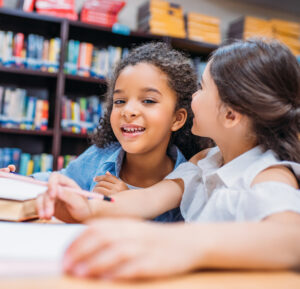

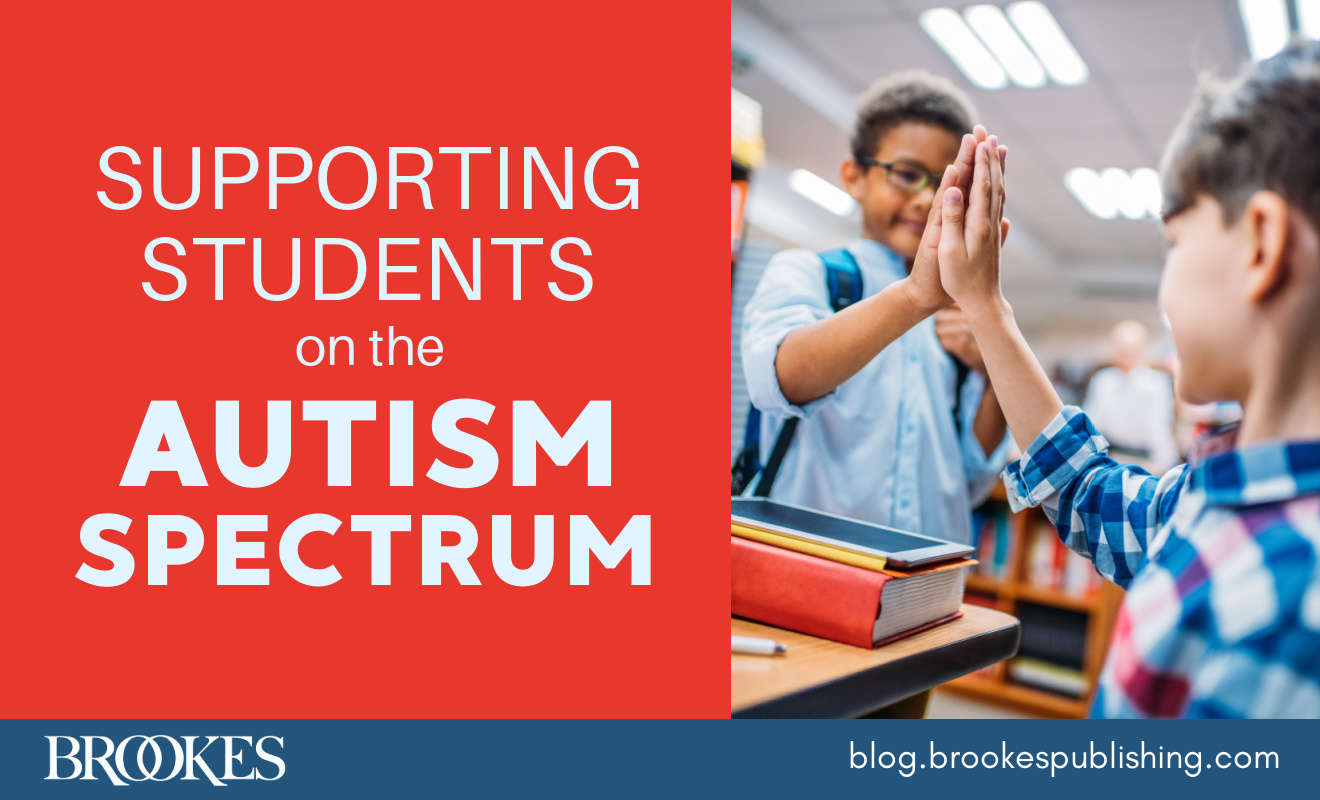


Write a Comment
Your email address will not be published. Required fields are marked *
Post a Comment